Believe it or not, there are a few key secret tips to having a great looking lawn – all without ever needing to reach for a single chemical or spray!
Contrary to popular belief, you don’t need massive applications of fertilizers, pesticides and herbicides to have a beautiful lawn. Not only are they costly, they also can be quite dangerous for children, adults, pets, and the environment.

The U.S. National Wildlife Federation reports that on average, suburban lawns receive 10 times as much chemical pesticide per acre as farmland. That’s right, 10 times as much!
That works out to 70 million tons of fertilizers and pesticides applied annually to residential lawns and gardens. But the reality is, you simply don’t need them to have an incredible, healthy lawn! Here is a look at 7 simple secrets to a great, chemical-free lawn:
7 Secrets To A Chemical Free Lawn
#1 Raise Your Blades!
The single most important secret to a better lawn is raising your blades up on your mower!
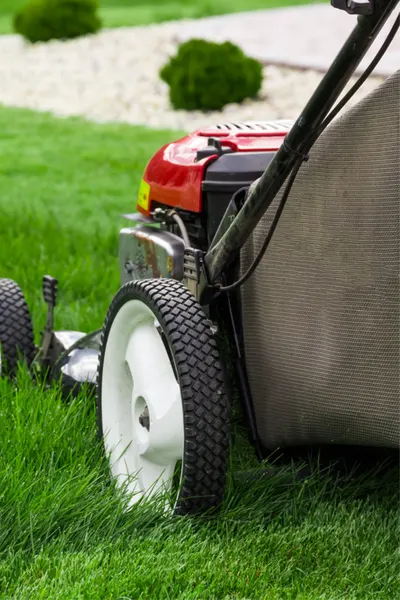
Mowing a yard too low causes a whole host of issues. For one, weed seeds have a much easier time finding their way to the soil base to take hold. It also allows the soil to dry out more rapidly on hot, sunny days.
What is a good height? Anywhere between 3.5 and 4″ high will work best. This allows enough shade to help keep moisture in the soil, and help keep the grass from turning brown.
#2 Never Take More Than 1/4 Of Your Grass Off At A Time
In addition to mowing high, it is important to never take more than 1/4 of the grass off with a single cutting. Removing too much grass at once puts enormous stress on the lawn. Stress that causes long-term damage.
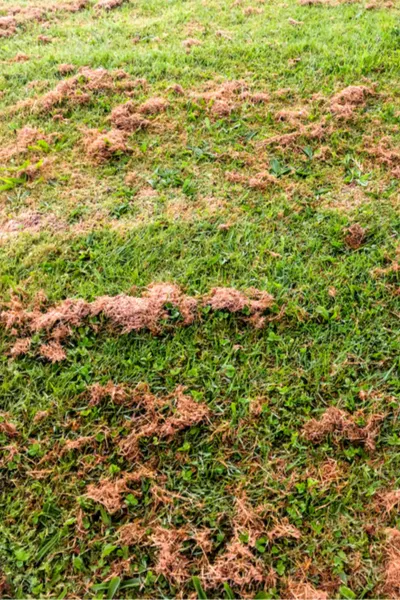
For starters, it can leave massive clumps of grass behind, Clumps that cling to the living grass underneath, and begins to choke it out. That dead grass also weaves together on the surface to form unsightly and lawn-damaging thatch.
If your yard gets ahead of you, simply raise the mowing deck to full height. It is better to mow a few times to get it back down slowly than all at once! According to Craftsmanprotools, after mowing, you can also use a lawn dethatcher to remove unwanted thatch if you determine that thatch buildup is damaging it or slowing down its growth.
#3 Keep Your Blades Sharp!
One of the best secrets of all to a great lawn is to keep your mowing blades sharp! Dull blades tear grass instead of cutting it. Not only does it put stress on the lawn, it also leaves the tips of your grass brown.
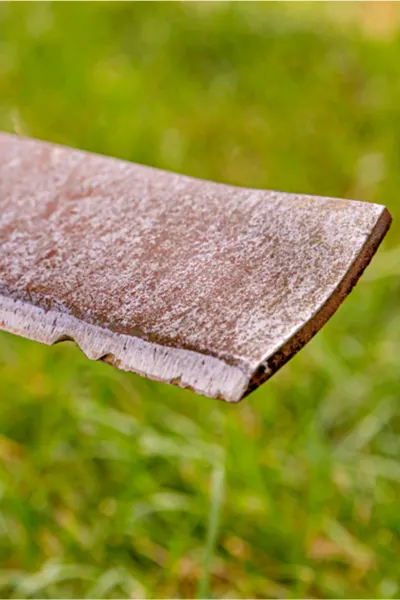
Many homeowners mistake these brown tips for a dry a lawn and think they need to water, when the reality is, the tips of each blade have “browned off” due to a dull blade damaging the end of the grass-blade.
Good sharp blades make for a clean cut, causing less stress on the lawn, and your mower. It is amazing how many folks go through an entire mowing season and never sharpen their blades once. For best results, sharpen blades at least once a month to keep that grass looking great!
#4 Don’t Mow Your Lawn When It’s Wet
Mowing grass when it’s wet from the morning dew or rain not only damages your lawn, but your blades and mower too.
Wet grass dulls the blades on a mower fast! It also makes a mower work twice as hard as the grass becomes clogged underneath.
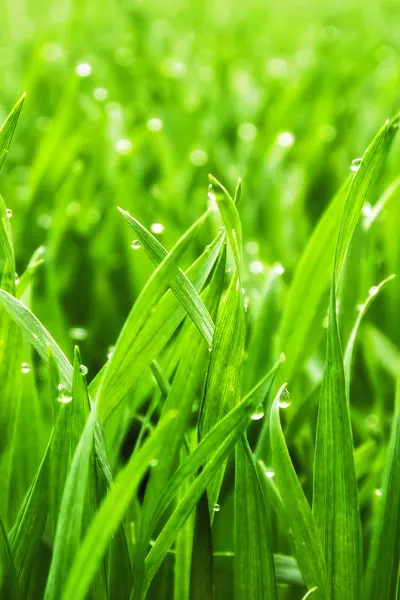
Instead of being cut, wet grass tears the blades. And just like when blades are dull, it creates the brown-tip issue that leaves a lawn looking dry and weak.
Last but not least, clumped wet grass chokes out the lawn as it lays in the yard. Over time, this too creates unwanted thatch in your lawn as it dries out.
#5 Don’t Bag Clippings – Secrets To A Great Lawn
When you bag your clippings, you are removing the lifeblood of your lawn and tossing it away. Grass clippings contain valuable nitrogen and trace minerals that feed the soil.
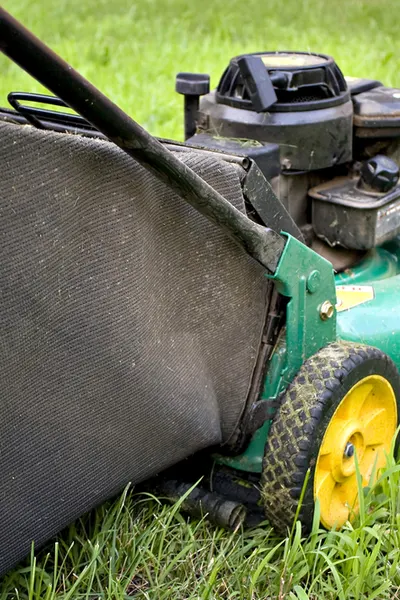
In fact, grass clippings are the most natural way to fertilize your lawn!
#6 Natural Greening With Compost Tea – Secrets To A Great Lawn
So what if you really do want to green up that grass a bit and provide a few nutrients? Again, there is no need to reach for a heavy dose of fertilizer.
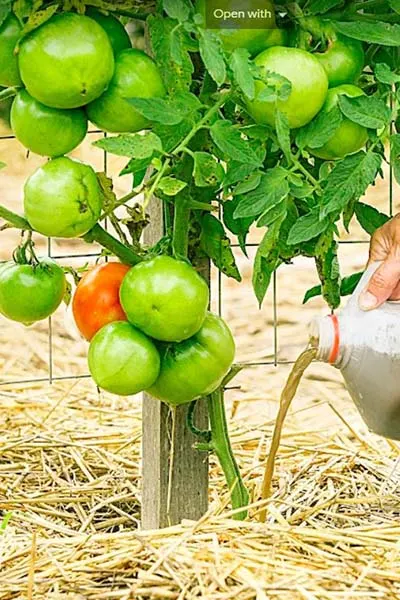
Instead, hit your lawn with an application of liquid compost tea. The simple solution of all-natural ingredients will not only green up your lawn, but perk up the healthy of your lawn’s roots as well. (See : How To Make Compost Tea)
If you don’t have your own compost, you can use a compost concentrate to mix and spray. (Product link : Compost Concentrate)
# 7 Don’t Sweat A Few Weeds – Secrets To A Great Lawn
Last but not least, and this is a big one, learn to relax a little! By no means is our lawn weed free. Yes, we have some dandelions that bloom in our yard the first few weeks of spring, and a little clover that blooms in June. And yes, we also have a bit of crabgrass that appears in the fall.
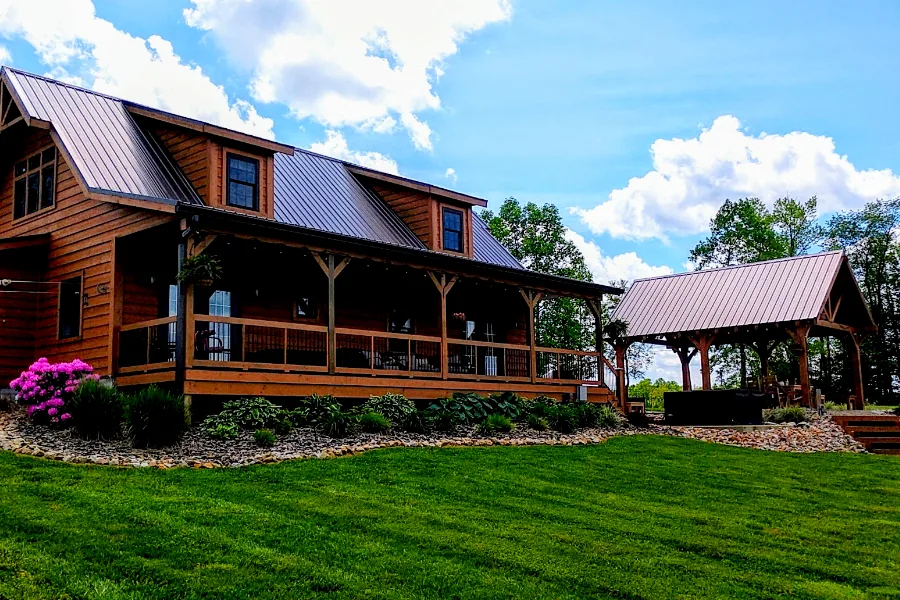
But by following the few secrets above, they all more than stay in check. In fact, all of that diversity is actually a good thing in a lawn and keeps disease and insects in check as well!
Here is to a having a great looking all-natural lawn! – Jim and Mary
Jim and Mary Competti have been writing gardening, DIY and recipe articles and books for over 15 years from their 46 acre Ohio farm. The two are frequent speakers on all things gardening and love to travel in their spare time.
As always, feel free to email us at thefarm@owgarden.com with comments, questions, or to simply say hello! You can sign up for our free email list in the subscribe now box in the middle of this article. Follow us on Facebook here : OWG Facebook. This article may contain affiliate links.

